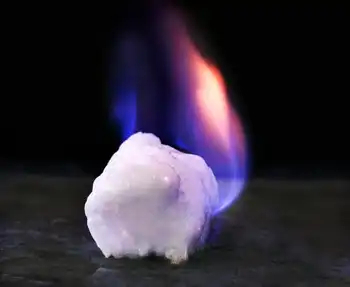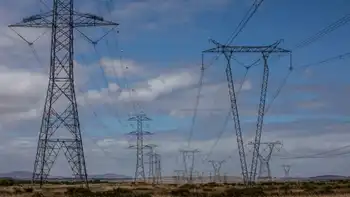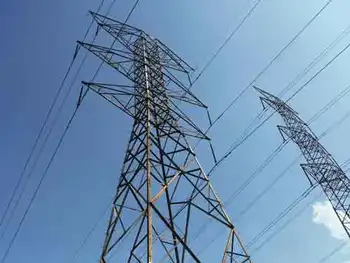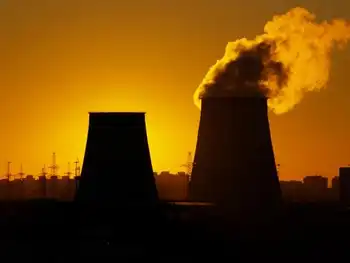Temperatures drop pushing power usage up
KNOXVILLE, TENNESSEE - A winter storm that moved through the Knoxville area recently may have canceled school, closed offices and caused other inconveniences, but it did not result in major problems for utilities.
TVA reported December 13 that its peak load in the morning was about 29,900 megawatts at around 8 o'clock. At that time, demand peaked at around 31,400 megawatts during the morning hours.
TVA spokesman Mike Bradley said the average temperature across the federal utility's service area Chattanooga, Huntsville, Knoxville, Memphis, Nashville in the morning was about 18 degrees Fahrenheit.
Bradley described TVA's current power production as stable.
He said the last time winter demand reached 31,000 megawatts was in the first week of January, when peak demand exceeded 31,000 megawatts twice, on January 5 at about 31,100 megawatts and January 6 at about 31,300 megawatts.
According to TVA, the all-time record winter demand was set on January 16, 2009, at 32,572 megawatts when temperatures across the Tennessee Valley region averaged 9 degrees. The all-time record demand on the TVA power system was 33,482 megawatts on August 16, 2007, when temperatures averaged 102 degrees.
KUB spokeswoman Grace McNeilly said the snowfall and cold temperatures have cause few problems for electricity customers.
"We were fortunate," McNeilly said, saying there have been scattered power outages throughout the KUB service area but nothing widespread. "The snow was light and powdery in texture. It was not as wet, which can weigh down power lines and cause outages. Also, the winds, which can cause power outages as well, weren't as high."
According to KUB's website, 397 KUB customers reported a power outage and 377 reported outages December 13. The utility, which serves Knox and parts of seven surrounding counties, has about 200,000 electric customers.
McNeilly said KUB has been making preparations for winter weather and power outages that may occur, including crews to put on standby when a storm occurs, a system to categorize outages to restore power to the largest number of customers in the fastest time, and the use of contracted staff in the event of widespread power outages.
"We'll work to restore as quickly as we can the highest number of power customers as possible," McNeilly said.
Related News

Climate Solution: Use Carbon Dioxide to Generate Electricity
LONDON - The world is quickly realizing it may need to actively pull carbon dioxide out of the atmosphere to stave off the ill effects of climate change. Scientists and engineers have proposed various techniques, but most would be extremely expensive—without generating any revenue. No one wants to foot the bill.
One method explored in the past decade might now be a step closer to becoming practical, as a result of a new computer simulation study. The process would involve pumping airborne CO2 down into methane hydrates—large deposits of icy water and methane right under the seafloor, beneath water 500 to…




